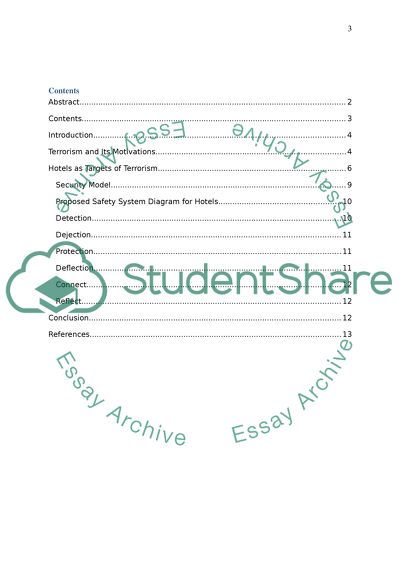Cite this document
(“Business Report: Designing a Safety System against Terrorism in Hotels Assignment”, n.d.)
Business Report: Designing a Safety System against Terrorism in Hotels Assignment. Retrieved from https://studentshare.org/tourism/1472383-business-report-designing-a-safety-system-against
Business Report: Designing a Safety System against Terrorism in Hotels Assignment. Retrieved from https://studentshare.org/tourism/1472383-business-report-designing-a-safety-system-against
(Business Report: Designing a Safety System Against Terrorism in Hotels Assignment)
Business Report: Designing a Safety System Against Terrorism in Hotels Assignment. https://studentshare.org/tourism/1472383-business-report-designing-a-safety-system-against.
Business Report: Designing a Safety System Against Terrorism in Hotels Assignment. https://studentshare.org/tourism/1472383-business-report-designing-a-safety-system-against.
“Business Report: Designing a Safety System Against Terrorism in Hotels Assignment”, n.d. https://studentshare.org/tourism/1472383-business-report-designing-a-safety-system-against.


